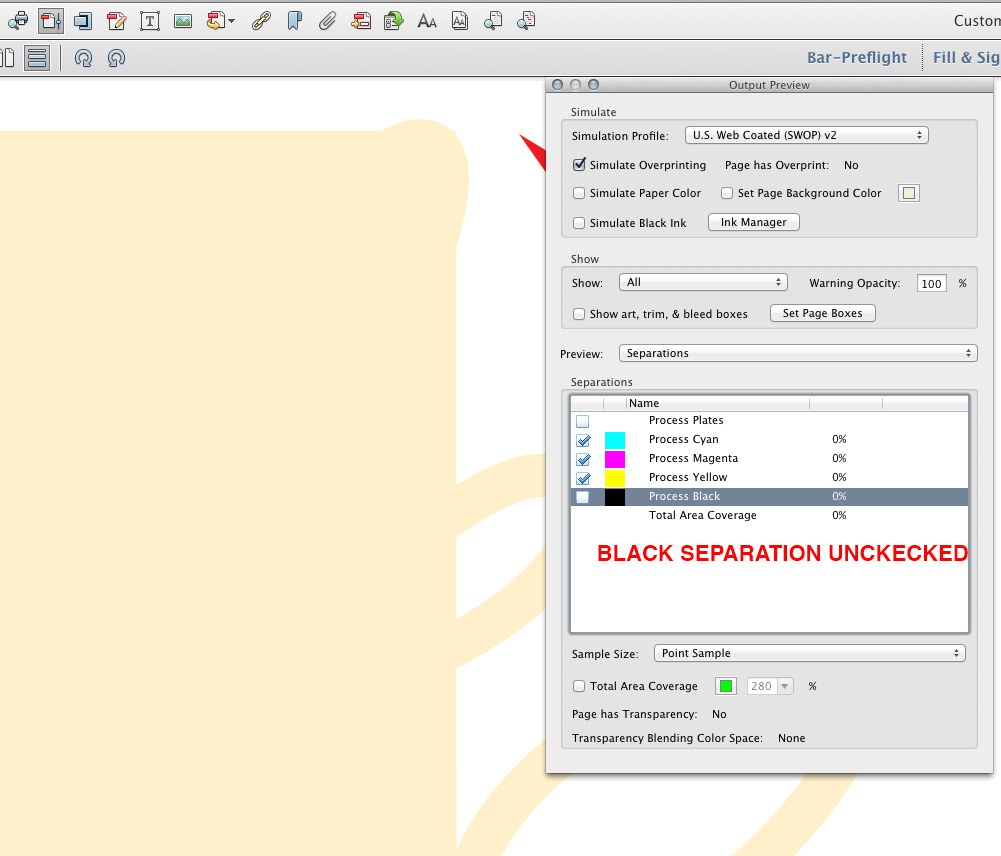The way you'll make sure overprinting is applied is simply by adding your background color to the color recipe of your gray illustration.
Background CMYK + Gray CMYK = Fake Overprint of the gray.
If the gray is a rich gray, you don't need to literally add the ink; as long the gray contains the same value or more of yellow/cyan/magenta than your background, you'll be fine.
And then also add the overprint setting but at this point it won't be necessary!
You're right to do something more "forceful" than trying to explain yourself. It's very hard to deal with printers in China and you need to provide your files as easy to print as possible. They also have old RIP and your overprint settings could be ignored or simply removed.
Example of a "fake" or "forced" overprint in CMYK with a normal gray (50% black):

Result in CMYK
In Adobe Acrobat Preview, you can verify your results or any software that shows you the CMYK separation

Result without the black separation showing.
That's how it should look like. It will give you the same result as the gray overprint since the background and the gray add up together.

Example with a rich gray

Result with the black separation removed
There's no white "knockout" on the yellow, that's like overprint: Every separation of cyan, magenta and yellow contains the same amount of ink as the yellow background.

Example without overprint or rich gray (or if your overprint setting is ignored by RIP/Printer)
That's what you don't want. That's what could happen if you don't enrich your gray and only use an overprint trapping on your gray separation.
The method above will guarantee you the other separations won't get knockout or trapped without overprint like this!

If you're using that overprint effect to create 2 shades of black when
the illustration overlaps the yellow background, you'll need to do
some Pathfinder work on that illustration to split it, and then apply
the 2 types of gray where you want them (eg. the rich gray with yellow
on the background part, the gray without yellow on the white part,
etc.)






